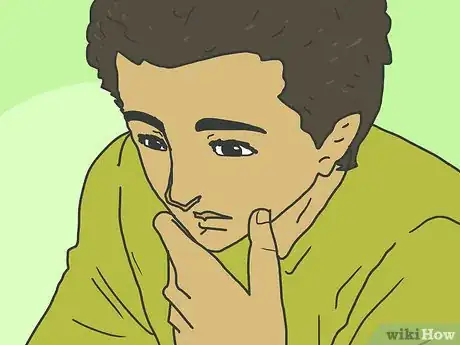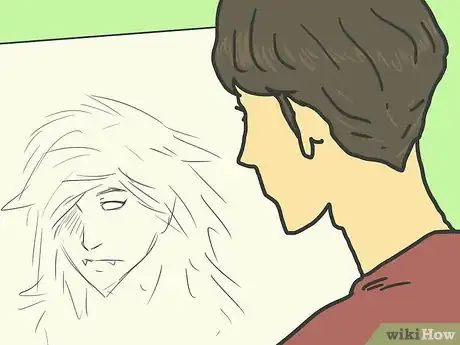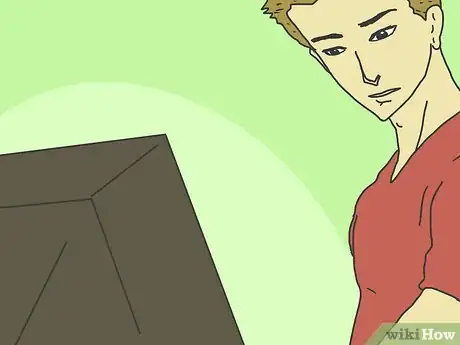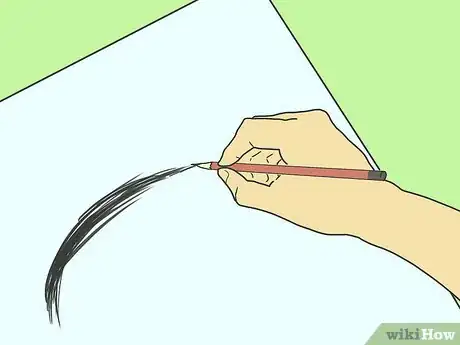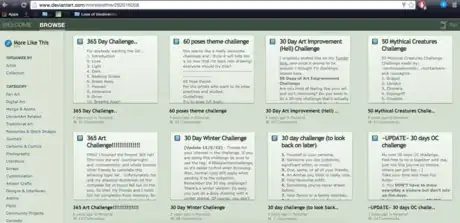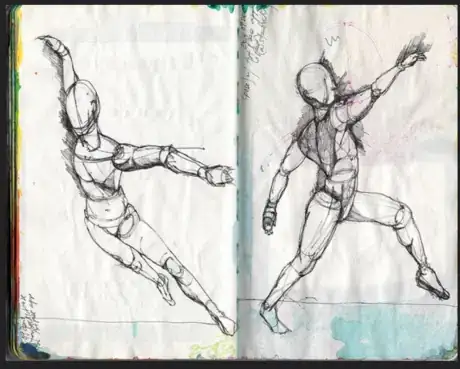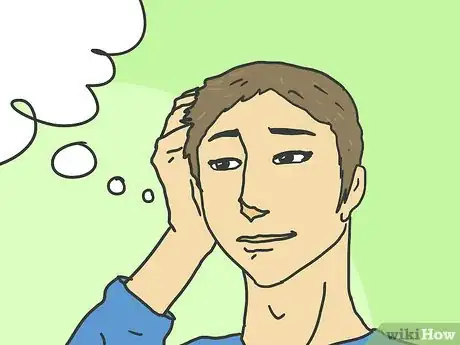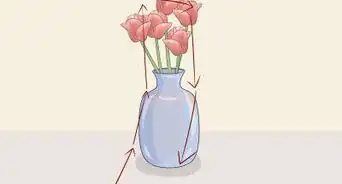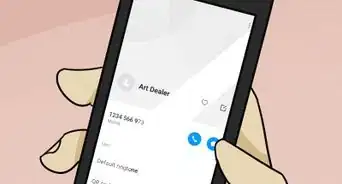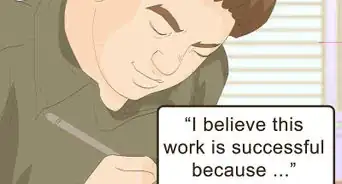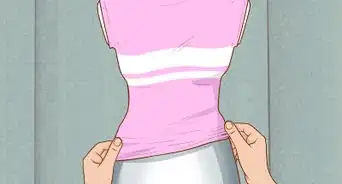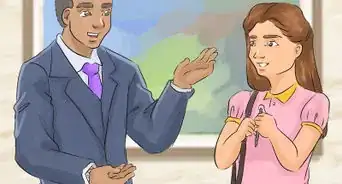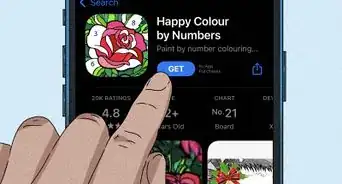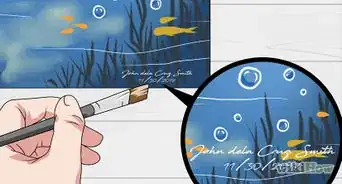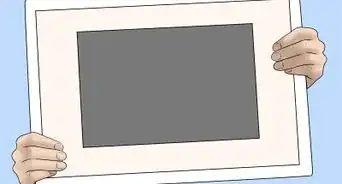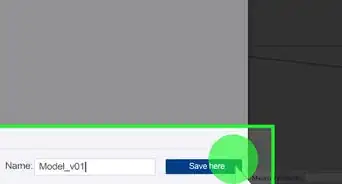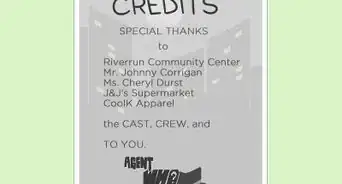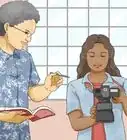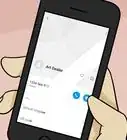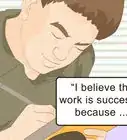X
wikiHow is a “wiki,” similar to Wikipedia, which means that many of our articles are co-written by multiple authors. To create this article, 14 people, some anonymous, worked to edit and improve it over time.
This article has been viewed 49,854 times.
Learn more...
Does it seem like an extremely slow progress for you to improve in your artistic skills? Are you an inspiring beginner who craves to get better at painting, drawing, sculpture or any other art form? Or possibly you're looking for a faster way to reach the level you want. Either way, this guide will aid in your journey.
Steps
-
1Check your weaknesses. It's okay if you're not the best artist; you don't have to mentally list every single area as a weakness. You should grade yourself based on comparing your own skills, not others.
- What areas could use some improvement? Maybe your best asset is drawing faces, but you fail mostly at hands; you should note this as a weakness. Continue noticing specific places that need work. Even if you have places you have tried to fix, it's always good to keep improving things you are better at as well. Keep note; it's best to work on what's worse first!
-
2Notice areas you avoid. Many beginning artists avoid areas and places they have a hard time on; many artists (not just the beginners) will also do this, feeling like it's easier to fly by it. Notice what kinds of subjects you shy away from.
- Common places include: hands, feet, anatomy and the body, certain genders, arms (the beginning artist usually hides the arms and hands behind the person's back, and many other personal weaknesses to the artist). Mentally keep yourself aware of any, or write them down if necessary.
Advertisement -
3Use outside resources for help. For whatever art style you're going for (realistic, anime, or cartoon) you should use tutorials, YouTube videos, drawing books, and other sources to help you. Use techniques and try recommended methods. Don't slack out, follow tutorials and tips, and methods as well. If you don't use guidelines for anatomy, it will be harder in the long run. Use as much effort as you can.
- Take breaks in between and inspire yourself before drawing; this helps tremendously. Keep in mind you should stay positive, take your time, and also observe others work (videos are best for observing as its in action) and learn from these experiences!
-
4Practice and draw. Nothing helps like drawing; you can't get better at anything without actually doing it! If you spare time everyday to draw, it will help you. Even quick sketches and many fails will help! It doesn't have to be perfect, but remember no matter what, try the best best you can do. Within time, you will see results!
-
5Stop avoiding your weaknesses, no matter how bad you feel you are at them. Now that you know your weaknesses, it will be very important for you to draw in those areas, no matter how bad it is; you'll eventually get better, and quitting will not help at all!
- Repeat drawing those places in practices alone, and in more complex pieces. You may feel that it "ruins" your drawings but its best to allow yourself to get it in a level where it doesn't using this method. After all, you won't be able to avoid it if your asked to draw it as an artist, or when you want to draw a piece with it. Don't limit your skills.
-
6Try taking drawing challenges. This includes 365 day themed drawing challenges, 30 day drawing challenges, inktober, and 100 day themed drawing challenges. You can find these on the internet, pinterest, and Deviantart.
- doing these will keep you preoccupied, and will give you ideas to draw from everyday.
-
7
-
8Ask for honest criticism. You may not have noticed a flaw, but getting advice after each piece helps, even if offensive, or hurtful. Accept the flaw and note it down so you can avoid making the same mistake, or so you can work on it. This makes it easier to realize your mistakes and weaknesses. Ask another artist, friend, or family member.
-
9Remind yourself of your progress. If you're ever in a tight spot, remind yourself how far you've come by looking back at previous works; it may seem funny how you might've felt proud of it before, or because it was a hard fail, but seeing progress always helps in inspiring you to push farther. Tell yourself while drawing, you'll make sure you'll impress your future self.
-
10Know you will improve. Even if the process is tough and troubling, remind yourself every great artist had to start somewhere. Also, art is not a natural talent. Sometimes people may be better at the start and in the learning process, but hard work is what makes an artist (and practice!) Better yet, practice where you fail so overall, you get better!
Advertisement
Warnings
- You may get offended by honest criticism, but never put it on the person who has given it to you, especially if it's to help you. You may not recognize the mistake automatically. After a bit of improvement you may find yourself agreeing with them in the end. Remember, this is to help and you should consider what they have said, even if you don't understand or feel like they are wrong. There is always room for improvement. However, If you believe you've been bullied, or verbally abused, make sure you tell someone or get help, more importantly, don't ask them again.⧼thumbs_response⧽
- Don't over work yourself. Take breaks if needed, this doesn't mean to slack off. Take some time to get a breather, take a walk, or calm your mind, and get to it again (if it's a WIP). You can take more than one day on certain works, so don't rush it, ever.⧼thumbs_response⧽
Advertisement
Things You'll Need
- Some medium and materials to draw with
- YouTube videos, drawing books, etc.
About This Article
Advertisement
